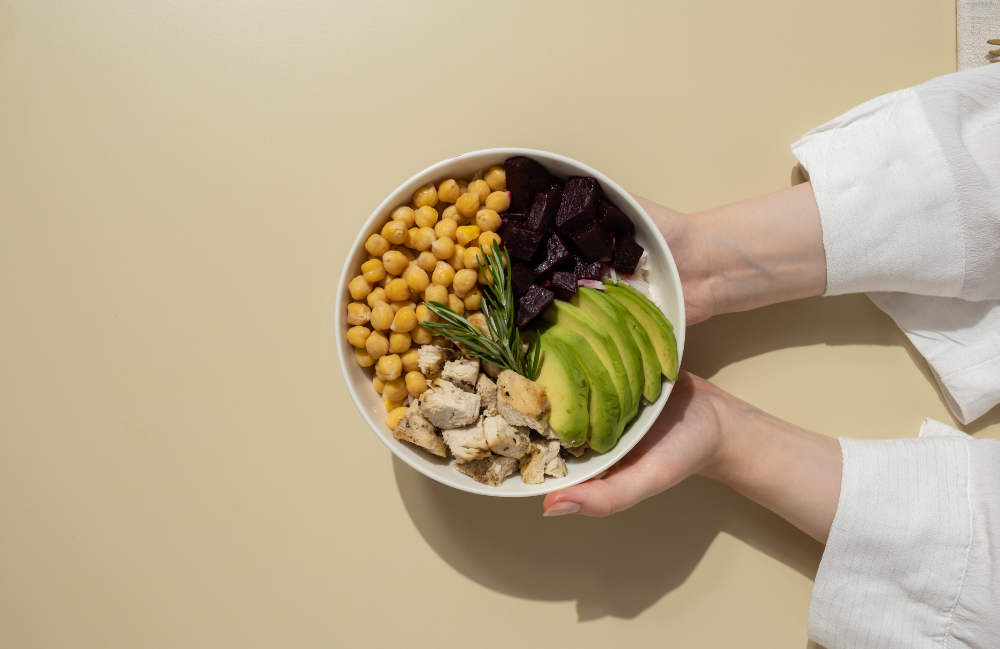In this blog, we will explore what makes Korean food healthy and yummy, as well as how you can enjoy the finest of real Korean food by making some tasty but healthful choices.
We can say that COVID has made everyone focus on Korean Food Healthy and a wide range of nutritious components, such as colourful Korean fruits, roots, seeds, sprouts, nori, vegetables, and, of course, kimchi, are used in Korean cooking. Korean cuisine is fiery, spicy, and nutritious because of these sizzling ingredients. Because of this, after eating Korean dishes, we cannot stop wondering what makes them so incredibly tasty and healthy.
So quit craving the sparkling flavours and mouth-watering aromas of Korean food and start creating it right away. Do not forget to tell us which Korean dishes you tried in the comments below. However, Korean food, like that of other countries, is unhealthy due to its high salt, calorie, and fat levels. So it is best to cook yourself, which is based on your preferences and health needs.
How can we make Korean food healthy at home?
Attempting at home simplifies things. So, let us try cooking healthier Korean cuisine at home. Follow the below details to make your Korean Food Healthy.
| Tips to make your Korean food healthier | |||||||||||
|---|---|---|---|---|---|---|---|---|---|---|---|
| Lean meats are typically the best option when cooking Korean food at home. | |||||||||||
| Because of their high salt content, only add small amounts of fermented sauces when required in a recipe. | |||||||||||
| Add more veggies and less meat. | |||||||||||
| Instead of eating two portions, watch how much you eat and store some for the next day. |
List of the Korean food healthy

Let us look at our selection of the healthiest Korean dishes. There are plenty more for you to go through, but these are just a select few to get you started. Nobody likes a list that is too lengthy to scroll through.
- Bibimbap: A bowl of steaming rice topped with meat (or tofu), eggs, and veggies. A complete dinner on its own.
- Bulgogi: Rice, veggies, and sliced beef provide a lot of protein, but do not forget to include some vegetable dishes as well.
- Gimbap/kimbap: These rice rolls are filled with various combinations of vegetables, fish, eggs, and meat, similar to sushi but without raw fish. Koreans pack them for lunch on the run and consume them like sandwiches.
- Jangeo-gui: Grilled eel. It is excellent for gym-goers and high in protein.
- Kimchi: Kimchi is rich in nutrients to the fullest. It’s full of vitamins and minerals, low in calories, high in fiber, and packed with beneficial intestinal bacteria to help with digestion.
- Kongguksu: A delicious and remarkably light dinner option is cold soy milk noodle soup.
- Soondubu jjigae: Stew prepared with soft tofu. Full of veggies and protein in one bowl.
- Stir-fried and steamed vegetables: Due to the cooking process, they serve as side dishes and as part of a main dish, preserving a great deal of their nutrients.
